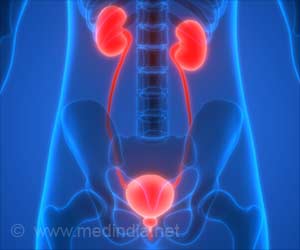Using genome-wide association data helps deepen understanding of Fuchs endothelial corneal dystrophy, the most common cause for corneal transplants.

‘Fuchs endothelial corneal dystrophy (FECD) affects the innermost layer of cells in the cornea (the transparent front cover of the eye), called the endothelium.’





"Previously, there was one known FECD locus. We’ve expanded that number to four," said the study’s first author Natalie A. Afshari, MD, professor of ophthalmology, Stuart Brown MD Chair in Ophthalmology in Memory of Donald Shiley and chief of cornea and refractive surgery at Shiley Eye Institute at UC San Diego Health. "These findings provide a deeper understanding of the pathology of FECD, which in turn will help us develop better therapies for treating or preventing this disabling disease."FECD affects the innermost layer of cells in the cornea (the transparent front cover of the eye), called the endothelium. The endothelium is responsible for maintaining the proper amount of fluid in the cornea, keeping it clear. FECD is a progressive disorder in which the endothelium slowly degrades, with lost clarity, pain and severely impaired vision. It affects 4 percent of the U.S. population above age 40 and worsens with age. Women are two to four times more affected than men. While there is symptomatic treatment in early stages, surgery -- often a corneal transplant -- is the only remedy after significant vision loss occurs.
The research team conducted a genome-wide association study, an analytical approach in which scientists look for genetic variants in individuals associated with a particular disease. This study involved 1,404 patients with FECD and 2,564 controls of European ancestry.
The results confirmed the known role of the TCF4 gene, but also revealed associations with three other loci: KANK4, LAMC1 and LINC009970/ATPB1. Researchers also found some genomic markers that were more associated by gender, with LAMC1 increasing FECD risk in women while TCF4 increased risk in men.
"While more work must be done to precisely elucidate what these proteins do," said Afshari, "the results suggest they have essential roles in sustaining and maintaining the health of the corneal endothelium. This knowledge improves our understanding of the genetic risk factors for FECD and gives us new therapeutic targets."
Advertisement
Source-Eurekalert















